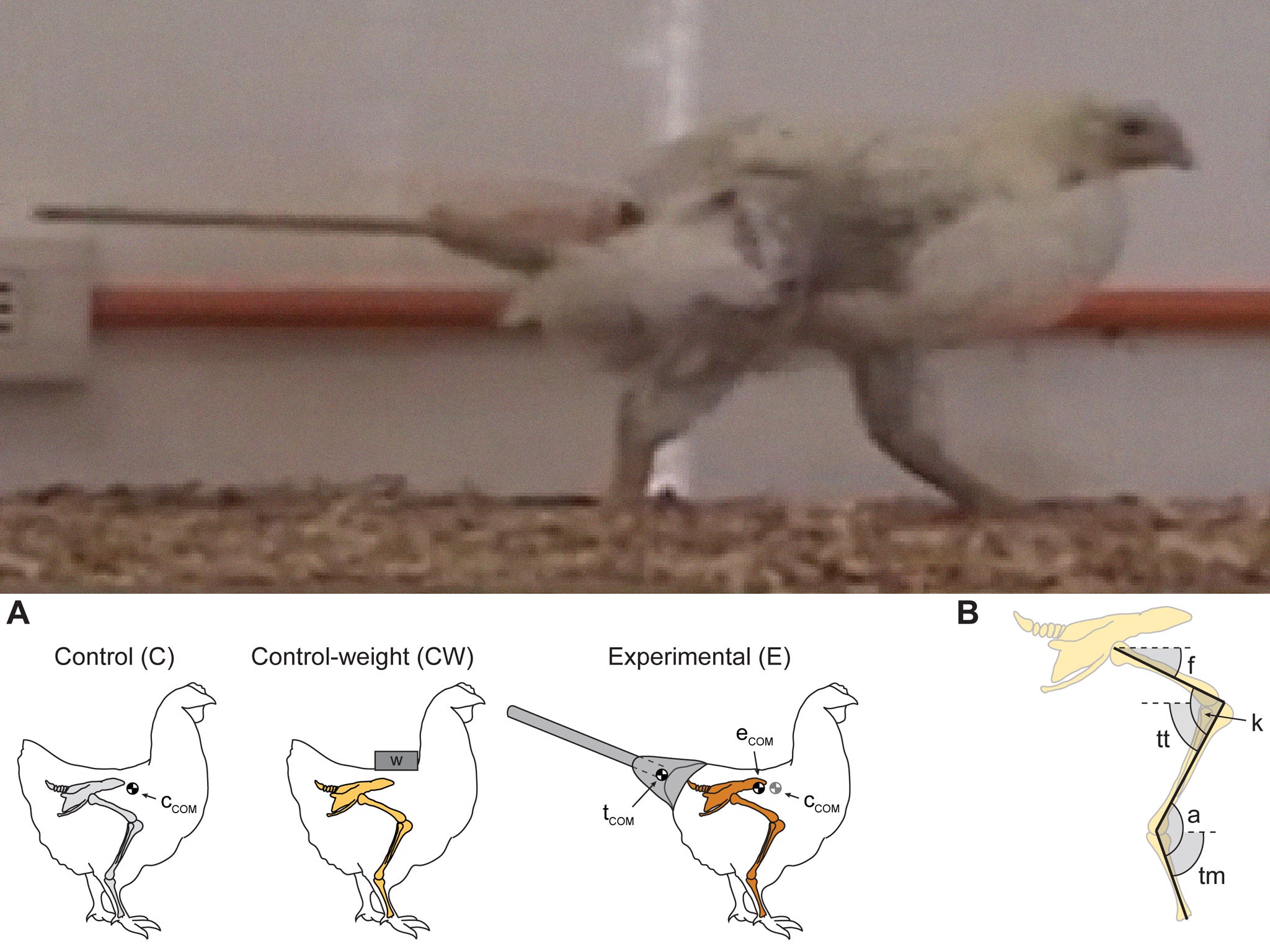Scientists strap fake dinosaur tail on chickens to discover how T-Rex walked [Video]
In a rather bizarre looking piece of research, scientists hoped to find out more about how the T-rex walked by strapping an artificial tail to its closest living relative - the chicken

With scientists having named the chicken as the closest living relative of the mighty T-Rex, a second group of researchers have decided to put the findings into practice - by strapping a fake dinosaur tail to the birds.
Despite decades of study, scientists are still not entirely sure how exactly bipedal dinosaurs such as the T-rex moved and stood.
In an attempt to solve the mystery, researchers from the University of Chile and the University of Chicago, took the notion that birds inherited the way they move from their dinosaur ancestors and reared a number of chickens wearing artificial tails from birth.
Looking like a bizarre school science experiment, the prosthetic limbs were made from a wooden stick and modeling clay and attached to the birds by velcro fasteners.
The tails were then replaced every five days as the chickens grew, with the scientists careful to keep the tail mass at 15 per cent of the chicken’s weight - the probable tail/body mass proportion of smaller theropods, the suborder of dinosaurs to which the T-Rex belonged.
"Here we show that, by experimentally manipulating the location of the centre of mass in living birds, it is possible to recreate limb posture and kinematics inferred for extinct bipedal dinosaurs," the research, published in the Plos One journal, said.
"Chickens raised wearing artificial tails, and consequently with more posteriorly located centre of mass, showed a more vertical orientation of the femur during standing and increased femoral displacement during locomotion."
The research found that the chickens wearing the artificial tails developed legs with a more vertically oriented femur and a more horizontally oriented tibiotarsus, due to the ankle joint becoming more flexed.
"We have shown that the addition of an artificial tail during ontogeny can produce postural and locomotory changes in chickens, consistent with the posture and kinematics inferred for non-avian dinosaurs," the scientists said.
Join our commenting forum
Join thought-provoking conversations, follow other Independent readers and see their replies
Comments
Bookmark popover
Removed from bookmarks